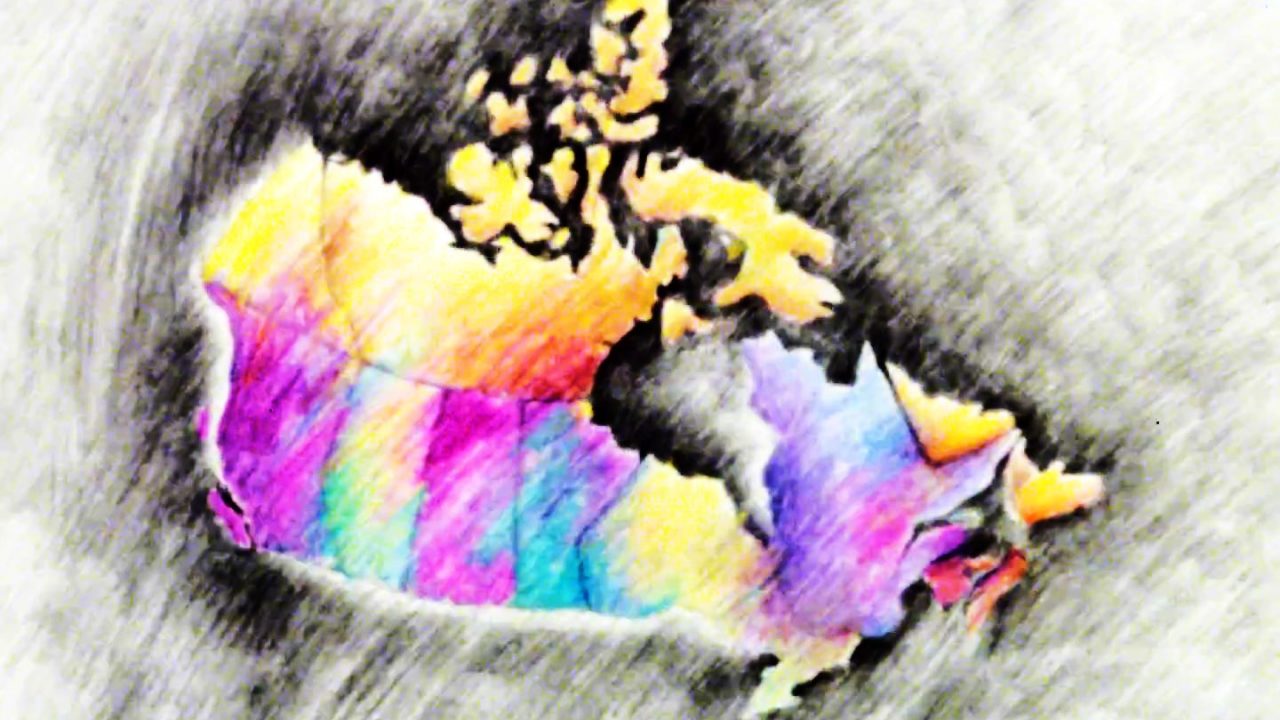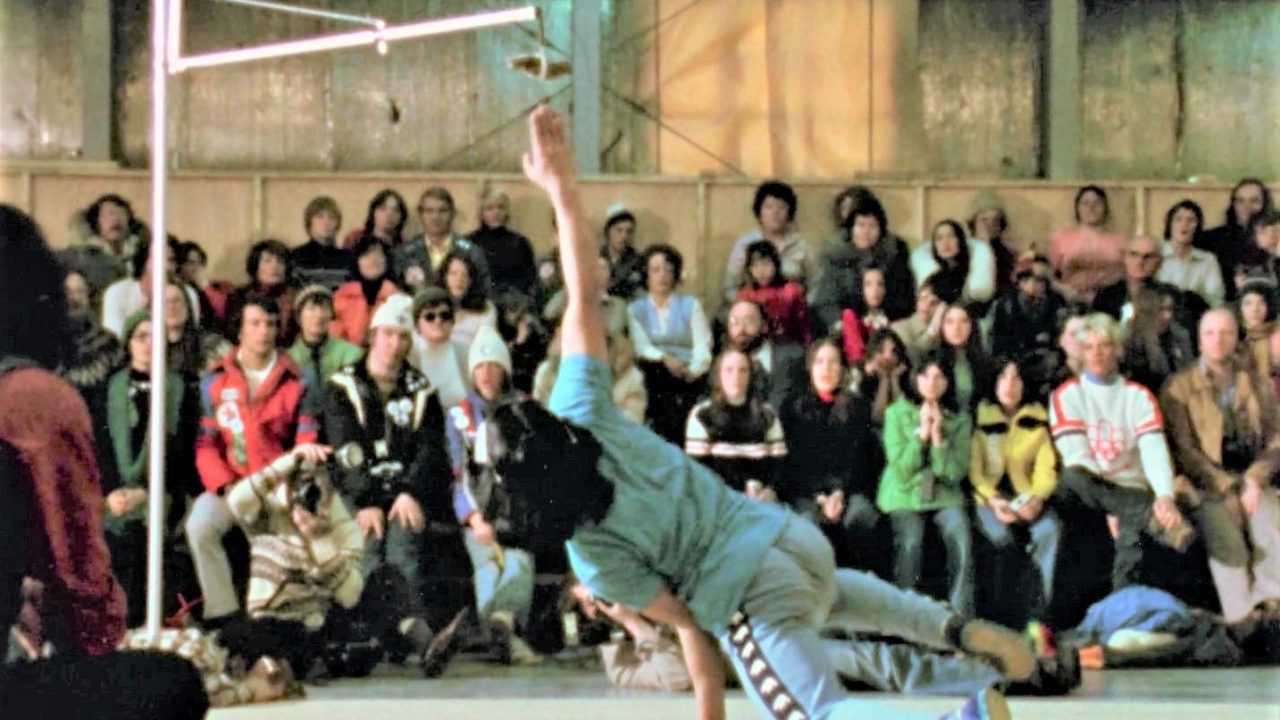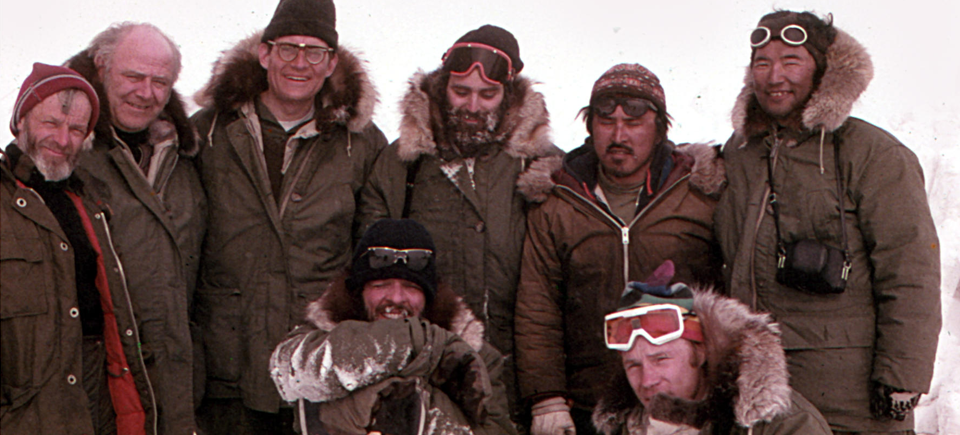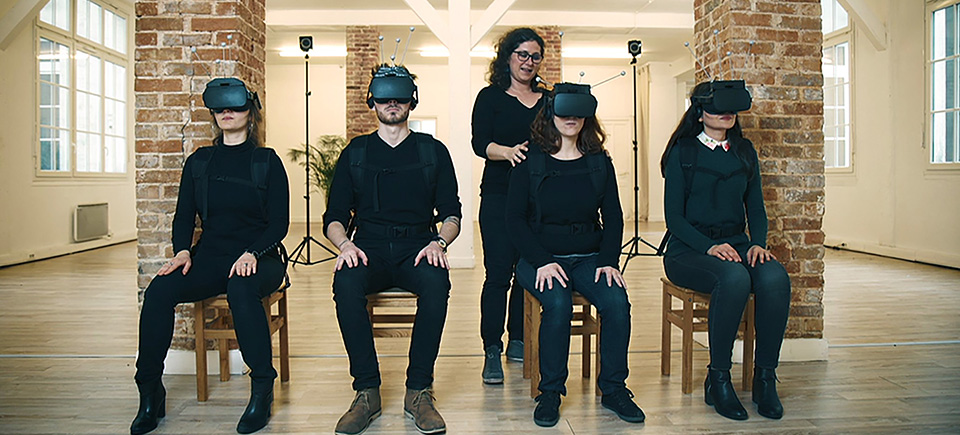
Unikkasivut: Artisans from the shadows… and the cold
Unikkasivut: Artisans from the shadows… and the cold
This post was translated from French.
Most of you have seen our legendary short film How to Build an Igloo, but not many of you are aware of the scope of the NFB’s collection of films on the Inuit. The NFB currently houses 110 unique films that depict this northern people and document life in the Canadian Arctic during a period spanning over 70 years. It is the world’s largest collection devoted to the topic.
How to Build an Igloo, Douglas Wilkinson, provided by the National Film Board of Canada
In order to prevent these treasures from stagnating and collecting dust in our vaults, an exciting project will soon go into operation. The initiative was launched in partnership with the Inuit Relations Secretariat and the Government of Nunavut (Department of Education) and is entitled Unikkausivut (which means “sharing our stories” in Inuktitut). The project’s objective is to celebrate Inuit culture through its stories and films.
Unikkausivut is divided into several phases. The NFB ultimately wants to make all the films in its archival holdings available at the NFB.ca Online Screening Room. Right now, however, we are focusing on the release of a DVD box set scheduled to come out in Ottawa on November 2.
The box set is a truly exceptional accomplishment. It is composed of 24 films that were made over seven decades and that are presented in three versions: French, English and Inuktitut. The entire box set traces the highlights of the NFB’s involvement in the Arctic, from the first ethnographic reports of the 1940s to recent films directed by Inuit filmmakers.
In discussing the project with its creators last week, I came to realize that making the Unikkausivut box set was no small challenge.
The NFB had already demonstrated its expertise in producing major box sets (such as compilations of works by Brault, Perrault, Arcand and McLaren), but this time the process included a number of new and unique features. Plus, there were serious time constraints.
After doing a thorough inventory of the elements available for each of the films slated for inclusion in the box set (sound, image, language used in the film, subtitles, distribution rights and so forth), the team quickly understood the complexity of the task ahead. In short, no two titles on the list were alike. Each was a special case.
The aspect that called everyone’s resourcefulness into play was sound.
The box set was supposed to include films dealing with four main Inuit regions – Nunavut, Nunatsiavut (Labrador), Nunavik (Northern Quebec) and the Inuvialuit Settlement Region (Northwest Territories), which make up a vast area that the Canadian Inuit refer to collectively as Inuit Nunangat. The Unikkausivut box set was also supposed to represent the four most widely spoken Inuit languages. But when the time came to dub two films from Nunatsiavut, the technical team realized that the language used was a dialect that differed from the one used in Nunavut. So who would supply the voices of the characters in the films?
The films required a total of seven different voices. Since it would have been too expensive to bring seven people from Labrador to the NFB studios to make recordings, the OK Society (OKâlaKatiget Society), a production company in Nain, Labrador, was contacted to record the voices in their studio. Fortunately for everyone, after a great deal of discussion and several file transfers, the characters in the two films finally got their voices back.
The Inuit dialogues for the remainder of the films were recorded at the NFB sound studios in Montreal. There, the team was able to benefit from Martha Flaherty’s assistance and extensive knowledge. She is the granddaughter of the renowned filmmaker Robert Flaherty (Nanook of the North) and understands all four Inuit languages well.
Martha Flaherty, who is the main character in the documentary Martha of the North by Marquise Lepage, was a consultant throughout the entire project. She helped with the recordings in Montreal and contributed to them. Everyone involved said that it was a pleasure to work with her.
Between the work, gales of laughter and piano interludes, the recording sessions afforded an opportunity to hear and compare the different accents, discover age-old traditions and yearn for the North and its delights (ah, raw seal meat!).
For instance, Martha said she was surprised to see how seal hunts were done in her region. That was the focus of our 1976 documentary, Stalking Seal on the Spring Ice. And there was quite a surprise in store for Peter Irniq, the first commissioner of Nunavut and a specialist on the Netsilik dialect. While he was dubbing a voice for a film, he recognized members of his own family!
It became apparent at the studio that there was a considerable phonetic disparity between French and Inuktitut. For example, if a character said “hello” in the French version, the Inuktitut version would be something equivalent in length to “Hello, how are you? Did you have a good day?” It wasn’t always easy to synchronize the sound with the image…
In the end, everyone on the Unikkausivut production team agreed that it was worth the effort. The overall project is a wonderful example of linguistic and cultural preservation in an era when languages, dialects and cultural artefacts are quickly disappearing.
The Unikkausivut box set will be released on November 2 in Ottawa during celebrations marking the 40th anniversary of Inuit Tapiriit Kanatami (ITK), the national Inuit organization of Canada. The organization’s president, Mary Simon, will be present.
Subsequently, 2,000 copies of the box set will be distributed in 53 communities in the four major Inuit regions mentioned above as well as in Canada’s large urban areas where nearly 10,000 Inuit live. Then, a selection of over 40 titles from the Inuit film collection will be put online at NFB.ca and will be available to Internet users at no cost. Online educational resources will also be provided.



